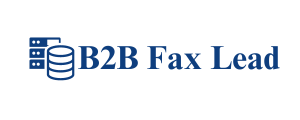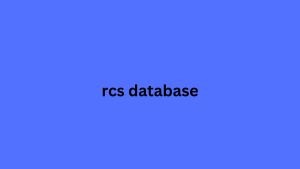Users receive dozens of emails every day. Most of them have standard subjects. But there are brands that use creativity in email subjects to stand out.
I analyzed 3,000 emails from January to September 2020 and compiled a guide to creative techniques. If you want to create an interesting subject line, check out the article to find a suitable method.
Open Rate and what influences it
Open Rate is an indicator of email openings. We have already written about the formula for calculating it . I will emphasize several important conclusions:
OR doesn’t mean much in isolation from other metrics. If 70% of subscribers opened the email, but the CTR (click-through rate) is low, is it effective? Most likely not, and you need to figure out what’s preventing conversion.
A high OR is not an indicator of a successful mailing. The trend is important. If the OR is consistently low, you should look for the reason. If it is the opposite, you have a reason to think about sending letters more often.
There are no magic words that will hypnotize the recipient and make them open the letter. Opening is influenced by several factors at once: the sender’s name, the time of sending, the quality of the subject. In this article, we will focus only on the last component, namely, creativity in the subject lines.
According to statistics , last year companies sent about 300 billion emails every day. And there were 4 billion email users at that time. Imagine the competition this creates in the inbox of an individual recipient. Dozens of armed email thugs fight for it.
One of the effective ways to attract attention is to be unusual, to stand out from the crowd. Let’s figure out what crops are growing in the field of creative topics in 2020, and what can be considered weeds.
What types of creatives are there?
I have a separate Yandex mailbox for subscriptions to all sorts of newsletters. Over the past six months, it has accumulated more than 3,000 letters. For convenience, they are sorted into categories depending on the area. Inside the folders are other folders:
all mailings
mailings to folders
It looks like a control freak’s mail, but in reality, Creative Email mountains of letters are difficult to catalog, and Yandex rules work every other time. Mailings 99+ are our everything.
So, we had 2,996 letters , 10 categories , 130 brand folders and a whole sea of unsorted mailings in the inbox… If you have already started collecting, then you need to approach the matter seriously.
All this goodness had to be systematized from the point of view of the creativity of the letter subjects. I made a list of techniques, thanks to which not yet opened letters stand out from the general background, and at the same time collected shameful creativity and letters without creativity, but with a useful subject.
How to Write Text for an Email Newsletter
Captain’s reference
A reference, or reminiscence (in elitist terms), is a citation of earlier works of art: songs, films, books, TV series. Anything that makes a light bulb go off over the reader’s head if they recognize the prototype. In email subjects, references come in two forms: verbatim and digested (but recognizable).
This technique makes a letter stand out in the inbox. Especially if the author guessed the cultural background, used a reference relevant to the situation, Creative Email picked something super recognizable and at the same time not hackneyed.
On the other side of the coin are trivial references (for example, to Elizabeth Gilbert’s novel Eat, Pray, Love or the TV series Sex and the City) that are no longer perceived rcs database as something interesting or weakly match the brand/intended content of the letter.
We need to re-pun the pun, re-pun the pun
Briefly and simply, to-dos when changing domains a pun is a play on words. In encyclopedias and dissertations, they like to complicate things. Puns include playing on consonances, betting email list as well as reworking proverbs and sayings.
If you think this is grandma’s creativity – no way. The Setters agency has a section called “Digital Dictionary”, where puns like mimitap, komorking, farsing, etc. are published every Friday.
The main thing when using puns is not to stoop to the immortal ones that cause Spanish shame: price drops, adult discounts, tasty sales , etc.
How to Use Allusion Without Attracting the Attention of the Orderlies
An allusion is a hint at a recognizable phenomenon, fixed in the collective unconscious. It is tempting to combine this group with references, but here the emphasis is not on the audience’s background, but on everyday realities.
Your Triggered Emails Are Terrible. Here’s How to Fix Them
A special case is the use of memes. All these “minted coins”, “this is a fiasco, bro” etc. Their name is legion, and they quickly become boring to everyone due to frequent use. Therefore, they should be used in moderation. Unisender even advises to tie up with cats .
On paradoxes, intrigues and dissonance
A paradox is a technique based on a violation of conventional logic, a “fig” that the author shows to readers. In the classification, this group includes cases of “strange”, atypical use of words that, as a rule, do not occur in one context.
Paradoxes disturb the peace and provoke interest. They work like riddles. Until you find out what the matter is, the brain is in an anxious cognitive dissonance.
This effect makes paradox akin to intrigue. The technique works like a lure for a spinning rod, attracting the reader’s attention. The action of teaser advertising is based on it. Secret or reticence is not something that… (well, you get the idea).
How are your subscribers doing?
Dialogue with the audience is a fourth-wall- breaking engagement marketing technique . Most often, it is implemented as a question addressed to the audience. It can also be a call to action: express an opinion, choose a suitable option, etc.


